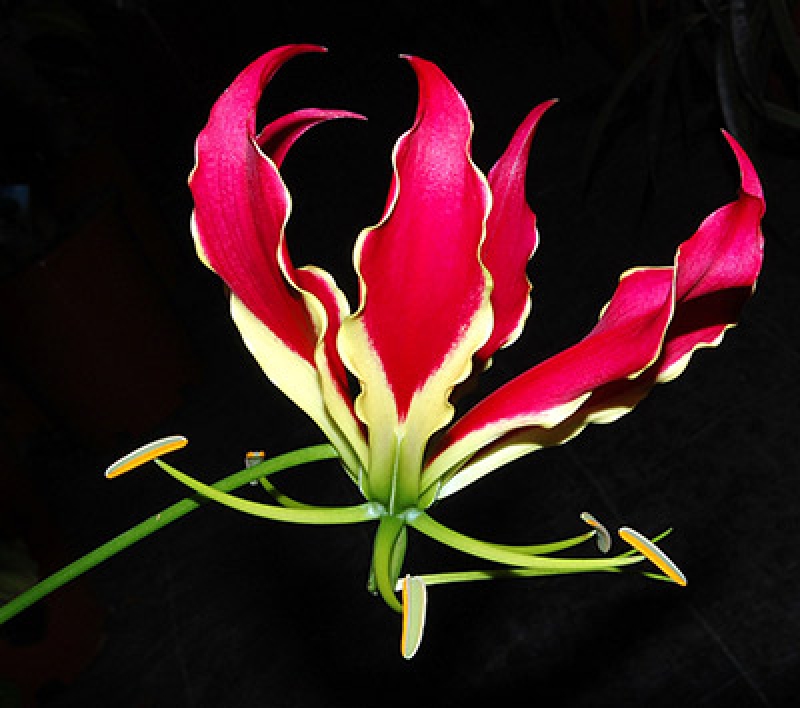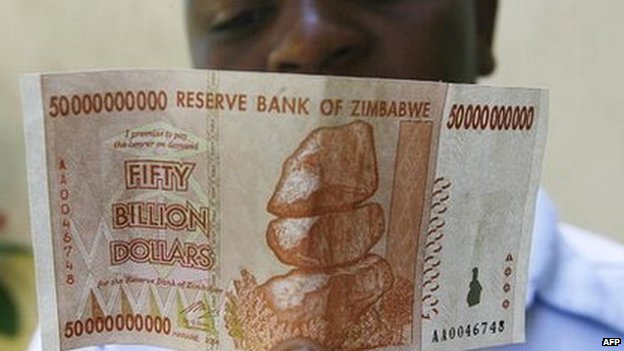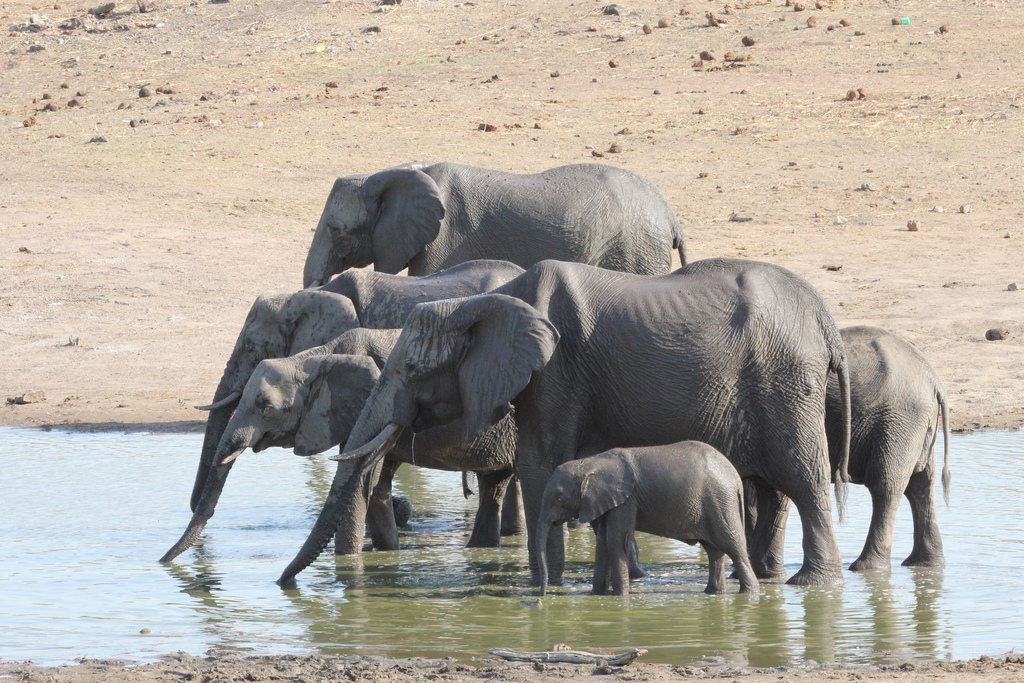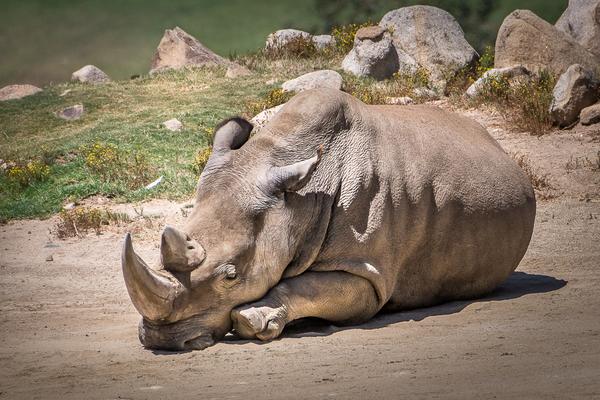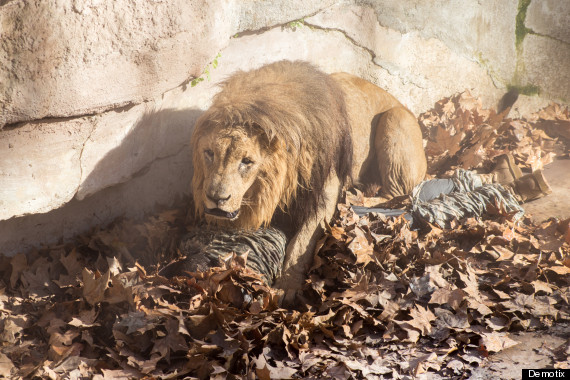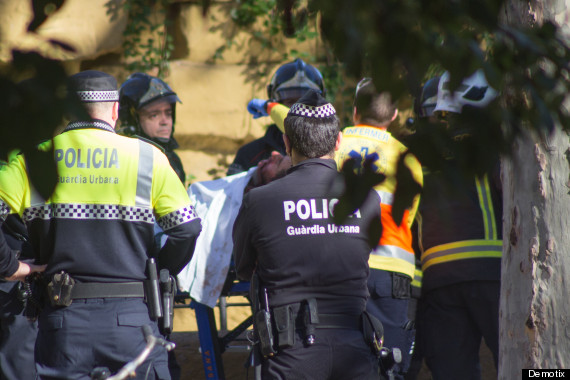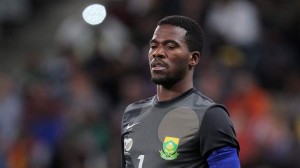Karanja, the oldest black rhino in Maasai Mara dies at 43
Karanja, the oldest black rhino in Maasai Mara dies at 43
One of the oldest and most photographed black rhino in the world has died at Maasai Mara Game Reserve.
The 43-year-old rhino named Karanja had one of the longest horns in the world measuring 34 inches and weighing about nine kilogrammes. Karanja died on Wednesday of natural causes.
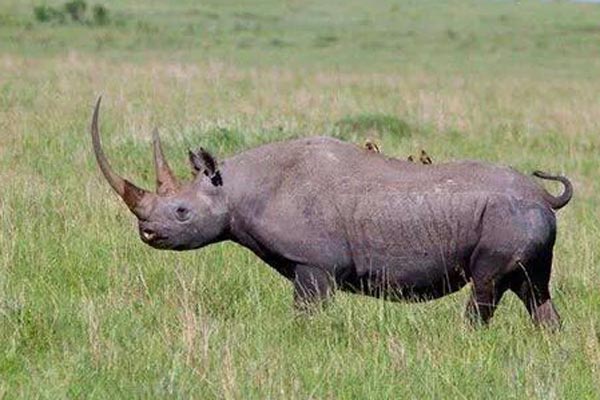
The Kenyan Environment Cabinet Secretary, Judi Wakhungu reported that Karanja died at 11 am on Wednesday while its horns were removed by Kenya Wildlife Service (KWS) veterinary officers.
His longer horn weighed five kilograms and the shorter one was three and a half kilograms.
Paul Kirui, the chairman of Kenya Professional Safari Guides Association said Karanja was very popular with tourists as he was never bothered by vehicles close by.
Mr Kirui said, “His trademark was the long pin-sharp horn,”
Pictures of the rhino taken by Lesinko ole Kool, a tour guide at the Fig Tree Camp in Maasai Mara show it died in a stream at the game reserve.
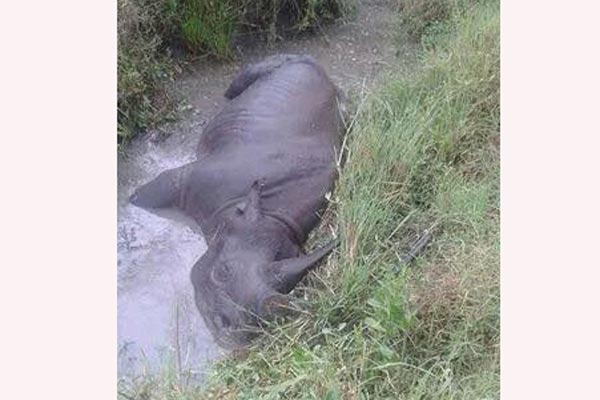
Karanja, the oldest black rhino in Maasai Mara dies at 43
The rhino was under constant surveillance by KWS rangers.
“Watching him a few days ago you could see he was really on his last days,” Mr Kirui said.
The body of the 43 year old rhino was taken to the National Museum of Kenya (NMK) for preservation where the skeleton of Ahmed, a giant bull elephant is also kept.
Conservationists in the 1970’s feared the elephant would be targeted by poachers for its huge tusks and advocated for its protection.
Kenya’s President, Jomo Kenyatta assigned two full time rangers to watch Ahmed day and night until he eventually died in 1974 at the age of 55.
Karanja survived all poaching attempts and was almost lucky to actually die of old age rather than by a poachers bullet. Mr Hersi congratulated KWS rangers for watching the rhino thus saving it from poachers.
Black rhinos have been listed as endangered species and are under threat of poaching. There are 49 black rhinos in Maasai Mara.
The Northern white Rhino is down to only 5 on the entire planet and recently one died at San Diego Zoo. Read more here.
